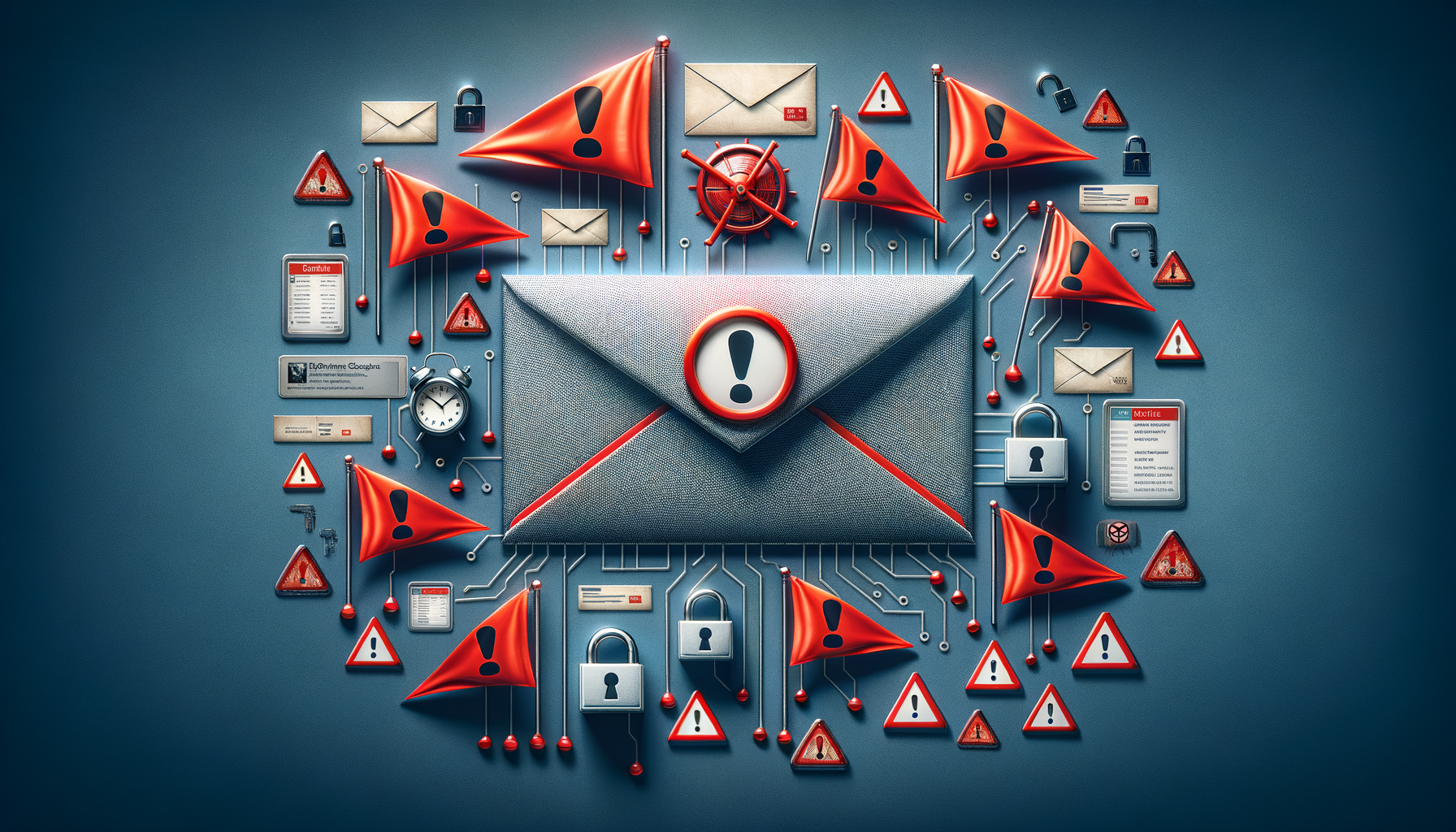
Spotting the Signs: A Practical Guide to Recognizing Email Scam Phrases and Staying Safe Online
Understanding Phishing Emails
Phishing emails are a common threat in today’s digital world, where cybercriminals attempt to obtain sensitive information by masquerading as a trustworthy entity. These emails often mimic communications from banks, online services, or even friends and family. The importance of recognizing phishing emails cannot be overstated, as falling victim can lead to identity theft, financial loss, and compromised personal data. Phishing attacks are becoming increasingly sophisticated, employing psychological tactics to manipulate emotions and create a sense of urgency. Understanding the anatomy of a phishing email is the first step in protecting yourself. Common characteristics include generic greetings, suspicious email addresses, and requests for personal information. By familiarizing yourself with these traits, you can better identify and avoid phishing scams.
Recognizing Scam Email Red Flags
Scam emails often contain several red flags that can alert you to their fraudulent nature. One of the most telling signs is poor grammar and spelling errors, which are prevalent in many scam attempts. Additionally, scam emails frequently use generic greetings like “Dear Customer” instead of addressing you by name. A closer examination of the sender’s email address can also reveal inconsistencies, such as domain names that don’t match the supposed sender’s organization. Scam emails often include urgent language, pressuring recipients to act quickly without taking the time to verify the email’s legitimacy. Be wary of emails requesting personal information or payment details, as legitimate companies rarely ask for sensitive data via email. By staying vigilant and questioning the authenticity of suspicious emails, you can protect yourself from scams.
Decoding “Urgent Action Required” Emails
Emails that demand immediate action are a hallmark of phishing scams, preying on the recipient’s fear and urgency. These emails often claim that your account has been compromised, your service will be interrupted, or that you have won a prize, all of which require you to act quickly. The goal is to pressure you into clicking on malicious links or providing personal information without considering the consequences. To spot these scams, look for signs such as an unusual sense of urgency, threats of negative consequences, and requests for sensitive information. Legitimate organizations typically provide ample time and multiple methods to address any issues, rather than demanding immediate responses. By recognizing these tactics, you can take a step back and verify the email’s authenticity before taking any action.
Protecting Yourself from Email Scams
To safeguard against email scams, it’s crucial to adopt a proactive approach. Start by utilizing robust security software that can detect and block phishing attempts. Regularly updating your software ensures you have the latest protections against emerging threats. Educate yourself and others about the common signs of phishing emails and encourage skepticism towards unsolicited communications. Implementing two-factor authentication on your accounts adds an extra layer of security, making it more difficult for scammers to gain access. Additionally, always verify suspicious emails by contacting the organization directly through official channels, rather than using provided links or contact information. By staying informed and cautious, you can significantly reduce the risk of falling victim to email scams.
Conclusion: Staying Vigilant in the Digital Age
In today’s interconnected world, email scams continue to pose a significant threat to individuals and organizations alike. By understanding the characteristics of phishing emails, recognizing red flags, and decoding urgent action messages, you can enhance your ability to identify and avoid scams. Staying informed about the latest phishing tactics and employing security best practices are essential steps in protecting your personal information and maintaining digital security. Remember, when it comes to email scams, vigilance and skepticism are your best defenses. Always take the time to verify the authenticity of suspicious emails and educate those around you about potential threats. By doing so, you contribute to a safer online environment for everyone.